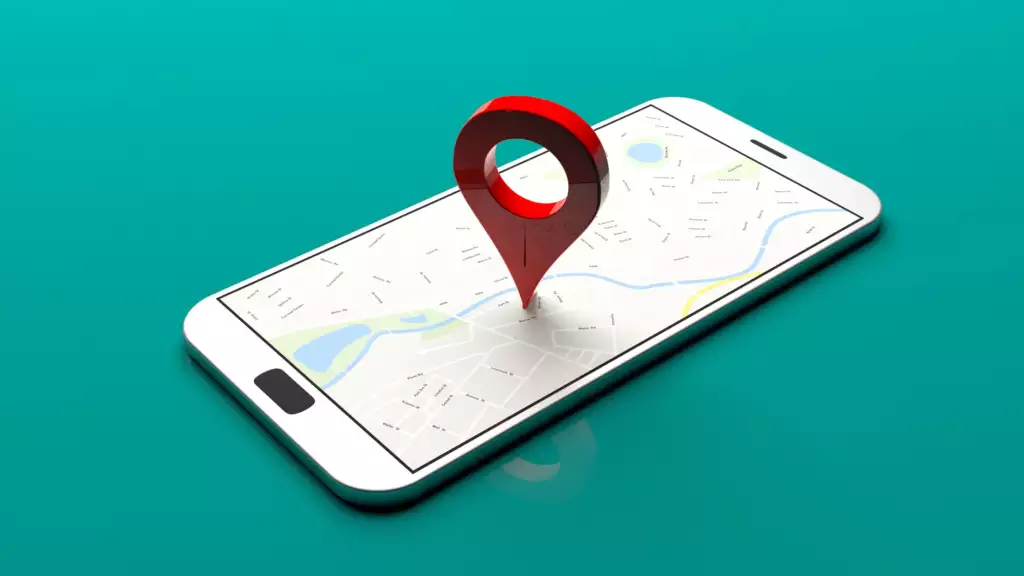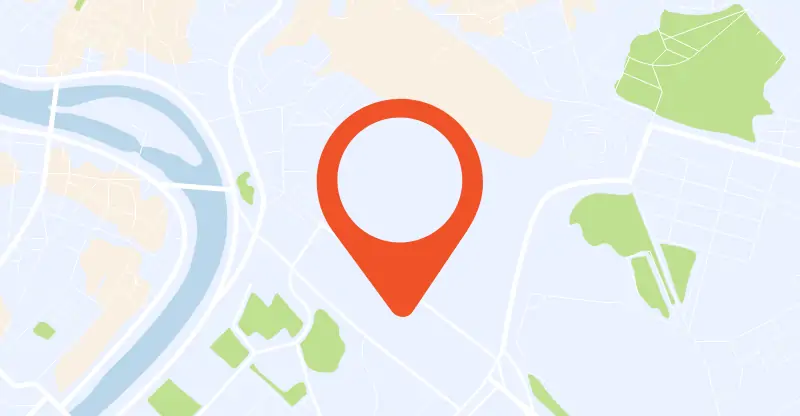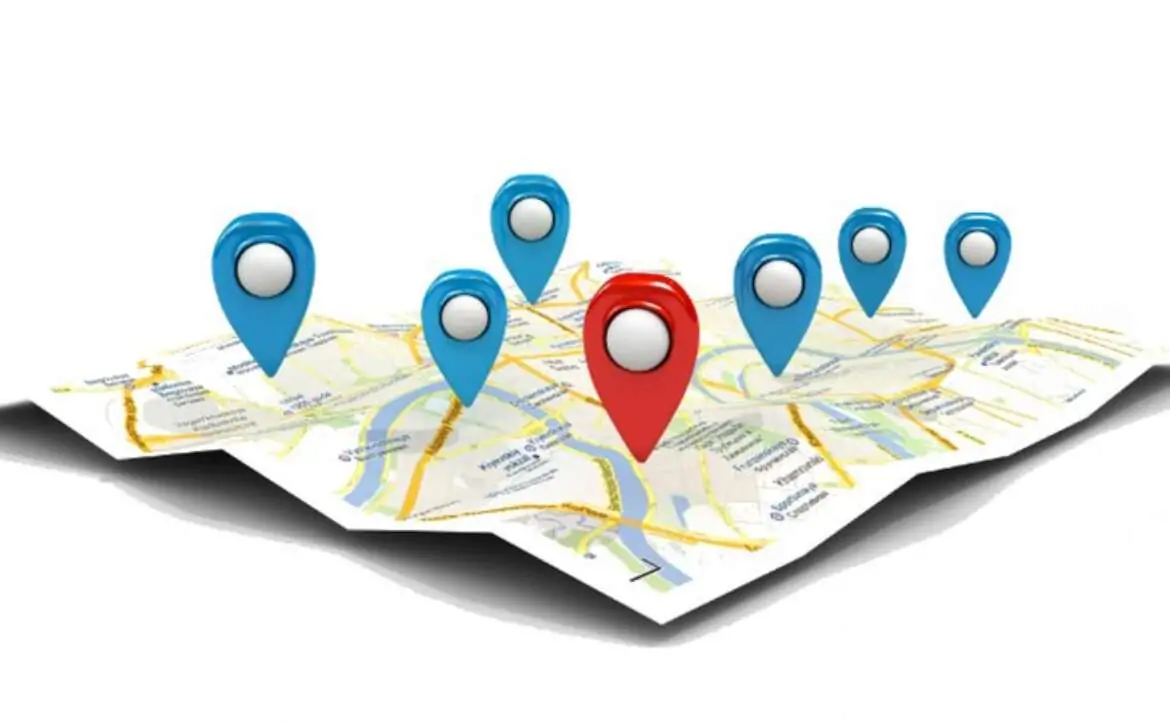Revolutionizing Geo-Targeting for Precision Marketing
Geo-targeting revolutionizes customer acquisition by customizing marketing efforts based on the geographic location of the target audience. This article explores its applications, benefits, challenges, and impact on optimizing Customer Acquisition Cost (CAC), positioning geographic targeting as a strategic imperative in precision marketing. The evolution of geo-targeting reflects a shift from traditional mass marketing to a more nuanced and personalized approach, with future implications pointing towards AR-powered experiences and AI-driven predictive analytics.
Understanding Geo-Targeting:
Geographic targeting is transforming the marketing landscape by honing in on location-specific strategies to enhance precision and relevance. This article delves into the significance of geographic targeting in customer acquisition, exploring its applications, benefits, challenges, and future implications.
Geographic targeting is a strategic marketing approach that tailors content and advertisements based on the geographic location of the target audience. Leveraging various technologies, including GPS and IP addresses, businesses can customize their marketing efforts to specific regions.
Applications in Precision Marketing:
- Local Campaigns: Geographic targeting enables businesses to run localized campaigns, tailoring content to specific regions or even neighborhoods.
- Event Promotions: Marketers can optimize event promotions by targeting audiences in proximity to the event location, maximizing attendance.
- Regional Product Offerings: Businesses can customize product offerings based on regional preferences and demands, ensuring relevance.
- Localized Messaging: Tailoring messages to regional nuances and cultural differences enhances engagement and resonance.

Benefits of Geographic Targeting in Customer Acquisition:
- Enhanced Relevance: Geographic targeting ensures that marketing messages are highly relevant to the local audience, increasing engagement and conversion rates.
- Cost-Effective Advertising: By focusing efforts on specific geographic areas, businesses can optimize ad spend, reducing costs associated with targeting a broader audience.
- Improved Customer Experiences: Personalized and location-specific marketing efforts contribute to an enhanced overall customer experience.
Challenges to Navigate:
- Privacy Concerns: Gathering and utilizing location data raises privacy concerns. Striking a balance between personalization and respecting privacy is crucial.
- Dynamic Consumer Behavior: Consumer behavior can vary widely even within the same geographic location, making it challenging to create one-size-fits-all strategies.
- Technological Dependence: Successful geographic targeting relies on robust technology. Issues such as inaccurate location data or technical glitches can impact effectiveness.
Impact on Customer Acquisition:
Geographic targeting significantly optimizes Customer Acquisition Cost (CAC) by directing marketing efforts toward the most relevant and potentially lucrative audience segments. The precision minimizes expenditure on uninterested or geographically distant audiences, maximizing the return on investment.
“Geo-targeting epitomizes this philosophy, ensuring that marketing efforts are directed precisely where they matter the most.”
-David Ogilvy

Geographic Targeting’s Evolution in Marketing:
The evolution of geographic targeting reflects a shift from traditional mass marketing to a more nuanced and personalized approach. In the era of information overload, consumers are inundated with content daily. Geographic targeting becomes a beacon of relevance, cutting through the noise and delivering messages that resonate with local audiences.
Personalization Beyond Demographics: While demographic targeting remains valuable, geographic targeting adds a layer of contextual understanding. Knowing where a consumer is located provides insights into their immediate environment, local preferences, and even cultural influences. This depth of understanding enables marketers to craft messages that align with the specific context of each location.
Dynamic Geo-Behavioral Targeting: The integration of real-time data allows for dynamic adjustments to marketing strategies based on changing geo-behavioral patterns. For example, a restaurant can adapt its promotions based on foot traffic in the vicinity, offering timely discounts during peak hours.
Hyper-Local Engagement: Geographic targeting facilitates hyper-local engagement strategies. Businesses can connect with customers at a neighborhood level, fostering a sense of community and loyalty. This is particularly impactful for small businesses looking to establish a strong local presence.
Future Implications of Geographic Targeting:
Looking ahead, the trajectory of geographic targeting suggests even more sophisticated applications and widespread adoption. The fusion of geographic targeting with emerging technologies such as augmented reality (AR) and artificial intelligence (AI) opens avenues for interactive and highly immersive location-based experiences.
AR-Powered Localized Experiences: Augmented reality applications integrated with geographic targeting can offer users personalized and context-aware experiences. For instance, a retail app could use AR to guide users to in-store promotions or provide product information based on their location within the store.
AI-Driven Predictive Geo-Analytics: The marriage of AI and geographic targeting can lead to predictive geo-analytics, where algorithms anticipate consumer movements and preferences. This foresight enables marketers to proactively tailor campaigns, ensuring that promotional efforts are always one step ahead.
Precision Redefined in Customer Acquisition:
Geographic targeting emerges as a game-changing strategy in customer acquisition, redefining precision in marketing efforts. The ability to tailor campaigns to specific geographic locations not only enhances relevance and engagement but also optimizes costs. As businesses navigate the dynamic landscape of customer acquisition, geographic targeting stands out as a strategic imperative for those aiming to stay ahead in a competitive and evolving market.
Strategic Geo-Optimization:
The essence of geographic targeting lies not merely in reaching audiences where they are but in strategically optimizing marketing endeavors based on location-specific nuances. This goes beyond customization; it involves a keen understanding of regional preferences, cultural influences, and even subtle variations in consumer behavior within specific geographies.
Enhancing Customer Connection:
The localized nature of geographic targeting facilitates a more profound connection with customers. It transforms marketing from a generalized broadcast to a personalized conversation that acknowledges the distinctiveness of each geographic segment. This connection fosters a sense of belonging and resonates more deeply with consumers, laying the foundation for enduring relationships.


